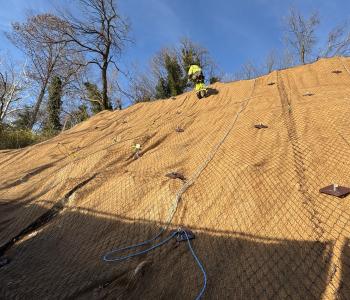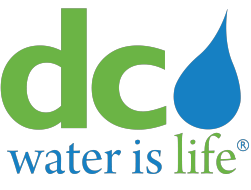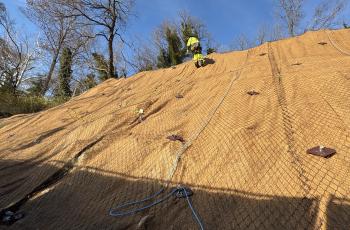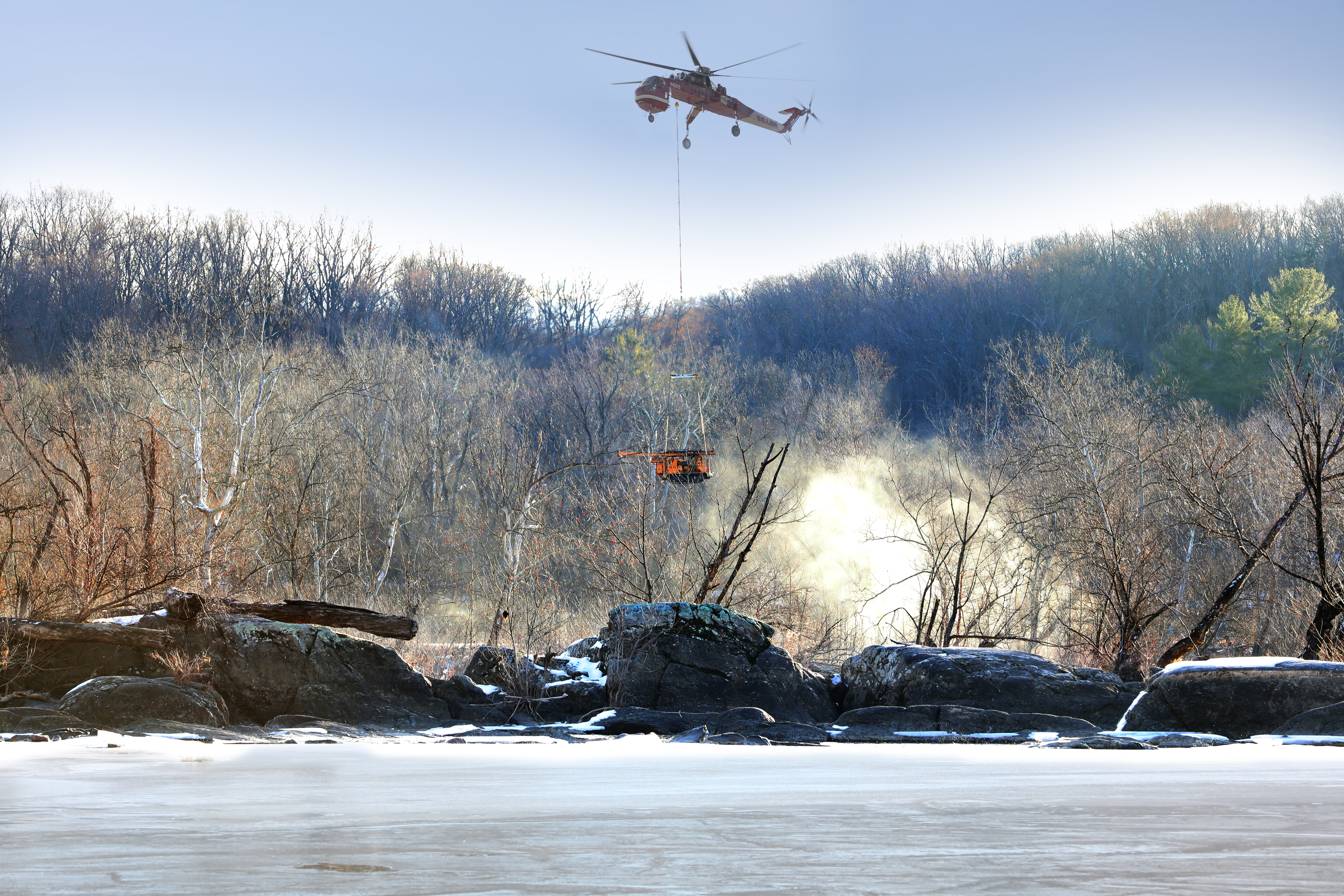75 Years of Clean Water in the Metro Washington Region
The District of Columbia Water and Sewer Authority today celebrated 75 years of providing the region with the highest levels of wastewater treatment and bringing the world innovative research that influences treatment solutions around the globe.
DC Water officials were joined by U.S. Delegate Eleanor Holmes Norton, EPA Region 3 Administrator Shawn Garvin, City Administrator Allen Lew, District Department of the Environment Director Christophe Tulou and DC Water Board Chairman William Walker.
In July 1937, the Blue Plains Sewage Disposal Plant opened for limited operations, ushering in a new era in sanitation. Previously, open sewers ran through the city and discharged to the waterways without treatment, carrying with them the potential for infectious outbreaks. The federal government commissioned the construction of Blue Plains, under the Public Works Administration as part of FDRs New Deal.
Blue Plains began with just 12 primary clarification tanks and acres of unused land. Today, primary, secondary, tertiary and filtration wastewater treatment processes take up most of the 153-acre site -- and more are being built. The facility is held to some of the strictest discharge permit levels in the world, requiring cutting-edge scientific research to achieve.
The advances in science and public health since 1937 are a marvel, commented DC Water General Manager George S. Hawkins. DC Water has a unique place in history for serving the water and wastewater needs of the nations capital, and in leading research that influences our industry around the world.
During todays celebration, DC Water executives and elected officials looked back at the plants progress over the past 75 years and also looked ahead at the three massive environmental projects now underway.
In just the last year, DC Water has broken ground on three massive environmental projects at the Blue pLains Advanced Wastewater Treatment Plant that total more than $4 billion, said DC Water Board Chairman William M. Walker. These will significantly improve the Districts waterways and the Chesapeake Bay, while also putting people to work.
Now, twenty cranes tower above the plant, and hundreds of construction workers are creating the infrastructure that will enable even cleaner water to flow from Blue Plains. The projects are:
Biosolids Management Plan Thermal hydrolysis and anaerobic digesters will pressure-cook the solids left over after wastewater treatment to produce combined heat and powerand generate enough electricity to fuel one-third of the plants needs! Additionally, the volume of solids will decrease and the quality will be improved to a level that can be used as fertilizer. ($460 million)
Enhanced Nutrient Removal Facilities will reduce the amount of nitrogen in effluent to meet the new U.S. EPA and Chesapeake Bay Program goals of 4.7 million pounds per year or less in 2014 one of the most stringent requirements in the world. (nearly $1 billion)
Clean Rivers Project will nearly eliminate combined sewer overflows to the Anacostia and Potomac rivers and Rock Creek. The project includes tunneling along and under the Anacostia River and a giant shaft and pump station on the Blue Plains plant. ($2.6 billion)
For more information, please visit dcwater.com/bp75







